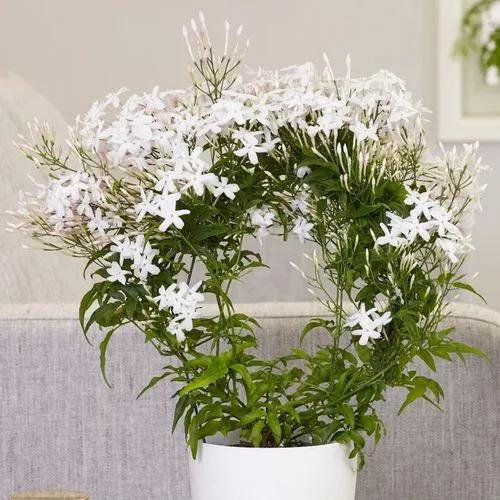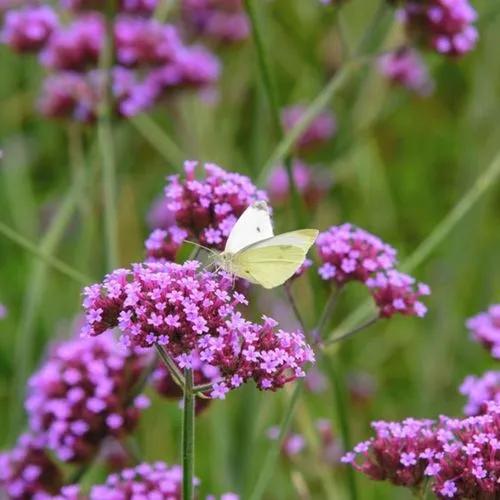Syringa pubescens is a species of flowering plant in the lilac genus of the family Oleaceae, native to Korea and China. This species has an untraditional, spicy fragrance, and it is one of the most strongly scented lilacs.
Syringa pubescens Care
Syringa pubescens subsp. patula



Growing to 6 m (20 ft) tall and broad, Syringa pubescens is a substantial deciduous shrub with green leaves felted white beneath, and panicles of heavily scented, white-throated lilac flowers in early summer. The specific epithet pubescens means "downy", referring to the texture of the leaves. Lilac flowers are beloved for bouquets, and when in bloom, hummingbirds and butterflies are drawn to them. Lilacs are generally a forgiving bunch, tolerant of roadside sites and neglect.
How to Care for the Plant

Water

The watering needs of the plant are average, so keep the soil evenly moist. When establishing a new plant, water it well. After it is well-rooted the plant will tolerate drying out now and then. Monitor the soil and if the area is dry, give the lilac some water. Watering weekly will be sufficient in most climates, but you may need to water more often in cases of extreme heat.

Fertilizer

Use a little all-purpose fertilizer during the winter. But don't fertilize in the spring or your lilac may not bloom.

Sunlight

This plant prefers full sun in order to bloom well. Select a location that will get sun for at least six hours per day.

Soil

Grow in reasonably fertile, well-drained neutral to slightly alkaline soil.

Temperature

Lilacs need a long period of winter chill for buds to mature and bloom the following spring. They can be grown in the areas with the lowest winter temperatures of −45.6°C (−50°F).

Popularity

24 people already have this plant 3 people have added this plant to their wishlists
Discover more plants with the list below
Popular articles






